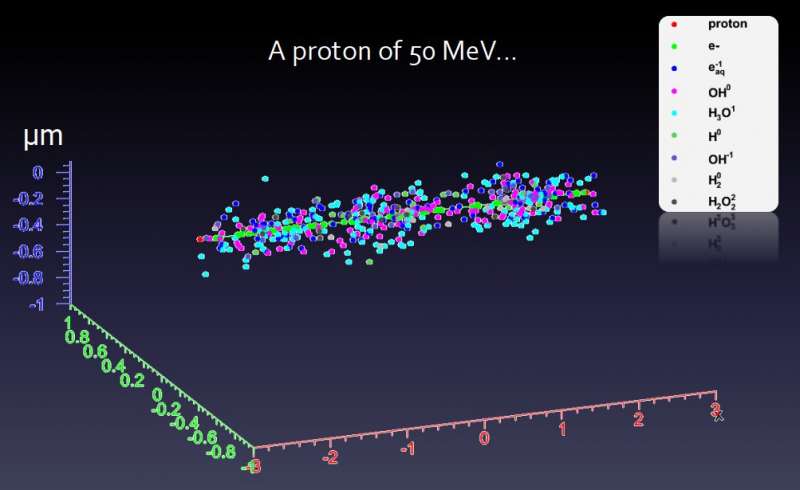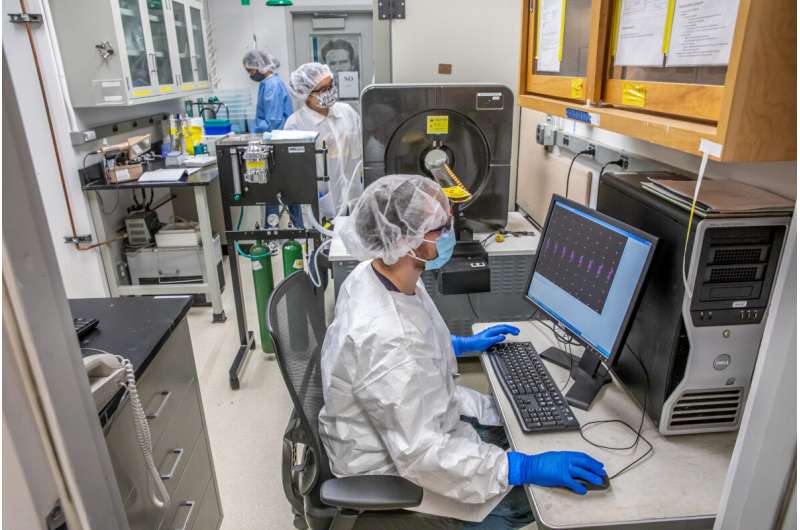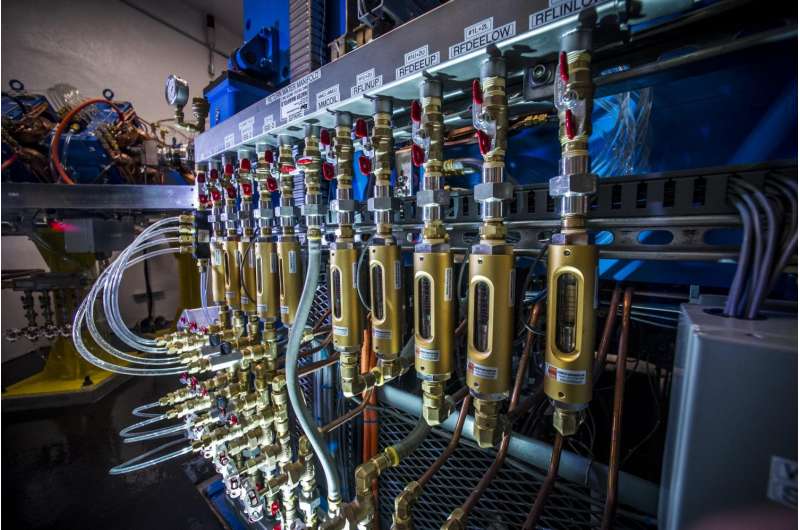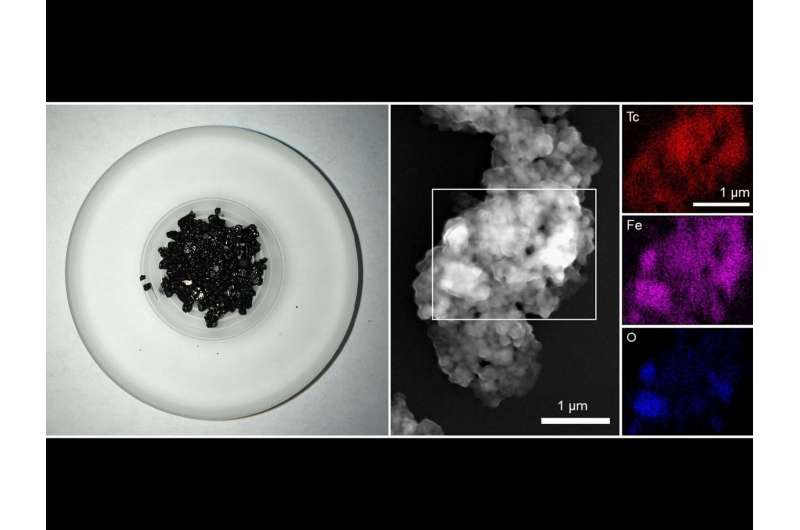
US Medical Sensors, a subdivision of Technical Associates, provides a full suite of instrumentation for the area, air, and water radiation detection and monitoring instruments to the medical industry. Nuclear Medicine utilizes radiopharmaceuticals in treatment, radioisotopes in both treatment and diagnostics, and a combination of several different disciplines using radioactive elements.
Radiology such as x-rays; radiology is designed to see anatomy (shapes & sizes). For imaging it uses x-rays that emit radiation. Work place safety requires detection and monitoring of the x-ray radiation being utilized. This safety protocol includes dental offices with their x-ray machines.
Nuclear medicine is designed to see physiology (cells, molecules, chemical interactions, etc.). Nuclear imaging includes Bone Scans and all types of PET Scans. Because these imaging practices use radiotracers injected into the patient, they are part of nuclear medicine. These incremental tracers of radioactive material provide the imaging machines with material making imaging by PET (Positron Emission Tomography) scans possible.
There are times when both a PET Scan in conjunction with a CT scan or an MRI image is used to form a better comprehensive picture. The CT and MRI may require injections of a dye and are not radioactive therefore the CT and MRI scans are not considered nuclear medicine.
Many hospitals have radiopharmacies producing treatment medicine called molecular radiotherapy from radioactive chemicals. Other nuclear medicine therapies are called peptide receptor radionuclide therapy (PRRT), targeted radiotherapy, therapeutic nuclear medicine, as well as a theragnostic approach to treating cancer.
The prevalence of radioactive element uses in clinics, hospitals, and radiopharmacies demands and requirements for safety protocols include radiation detection and monitoring instruments in many areas of the facility, including the trash rooms. If radioactive trash is sent to the regular disposal site the facility is subject to significant monetary fines.
With US Medical Sensors’ suite of instruments, the various areas within a facility utilizing radioactive elements are addressed with the appropriate detection instrument providing a significant system for required workplace safety.





